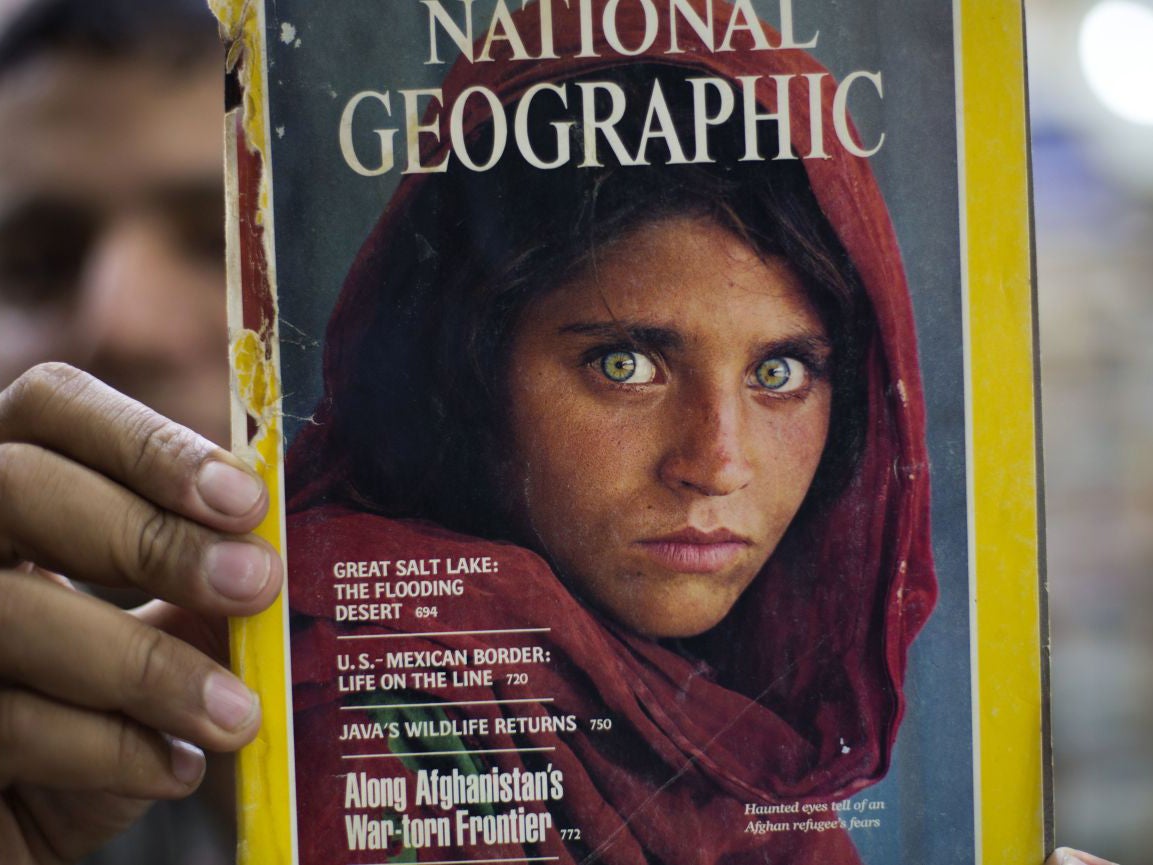National Geographic magazine admits it used to be racist in its coverage of non-white people
Susan Goldberg, the editor of the magazine, says it is time to 'own' the story and 'move beyond it'

Your support helps us to tell the story
From reproductive rights to climate change to Big Tech, The Independent is on the ground when the story is developing. Whether it's investigating the financials of Elon Musk's pro-Trump PAC or producing our latest documentary, 'The A Word', which shines a light on the American women fighting for reproductive rights, we know how important it is to parse out the facts from the messaging.
At such a critical moment in US history, we need reporters on the ground. Your donation allows us to keep sending journalists to speak to both sides of the story.
The Independent is trusted by Americans across the entire political spectrum. And unlike many other quality news outlets, we choose not to lock Americans out of our reporting and analysis with paywalls. We believe quality journalism should be available to everyone, paid for by those who can afford it.
Your support makes all the difference.US magazine National Geographic has admitted its coverage of people around the world used to be racist.
The April edition of the magazine focuses on race and asked a historian to look at previous issues.
University of Virginia associate professor John Edwin Mason said that until the 1970s the magazine had ignored non-white Americans, only depicting them as domestic staff or labourers.
For much of its history National Geographic depicted the Western world as dynamic and rational, but Mr Mason said "the black and brown world was [shown to be] primitive and backwards and generally unchanging”.
One photo in particular, which was published in 1916, was highlighted for its offensive caption.
It showed Australian Aborigines with the text "South Australian Blackfellows: These savages rank lowest in intelligence of all human beings".
Susan Goldberg, the editor of the magazine, said National Geographic had been responsible for using “every type of cliché” but it was time to “own” the story to “move beyond it”.
"Let's confront today's shameful use of racism as a political strategy and prove we are better than this," Ms Goldberg wrote in an editorial.
The magazine was first published in 1888 and is published in 40 languages.
Arguably its most famous cover was of the “green-eyed Afghan girl” which showed a child refugee in Pakistan.
Join our commenting forum
Join thought-provoking conversations, follow other Independent readers and see their replies
Comments